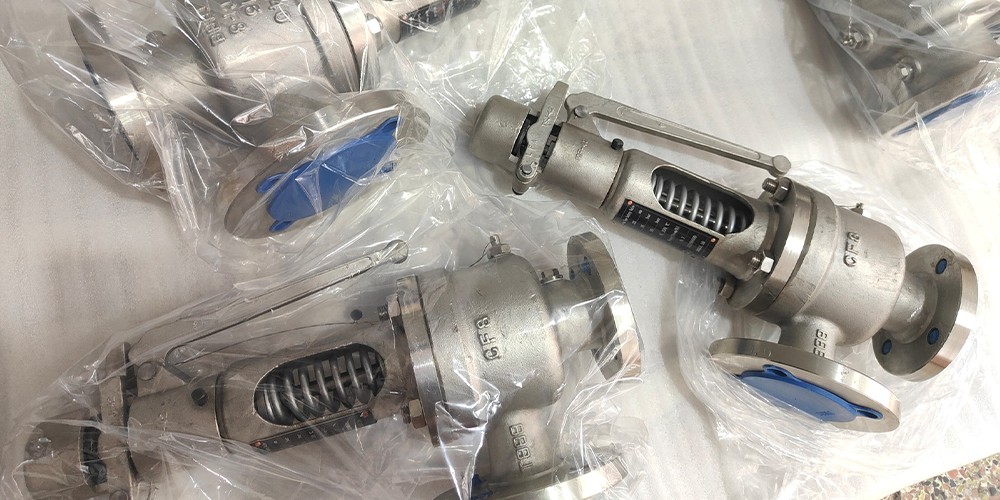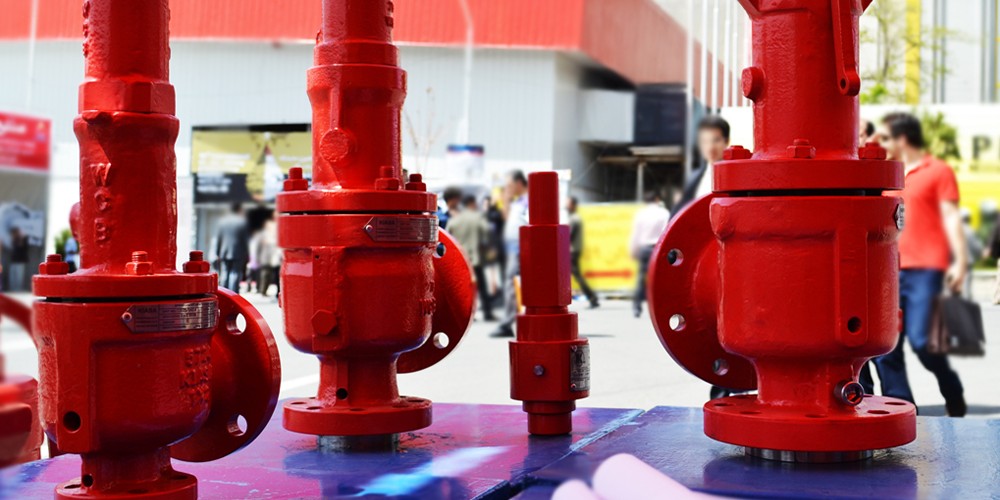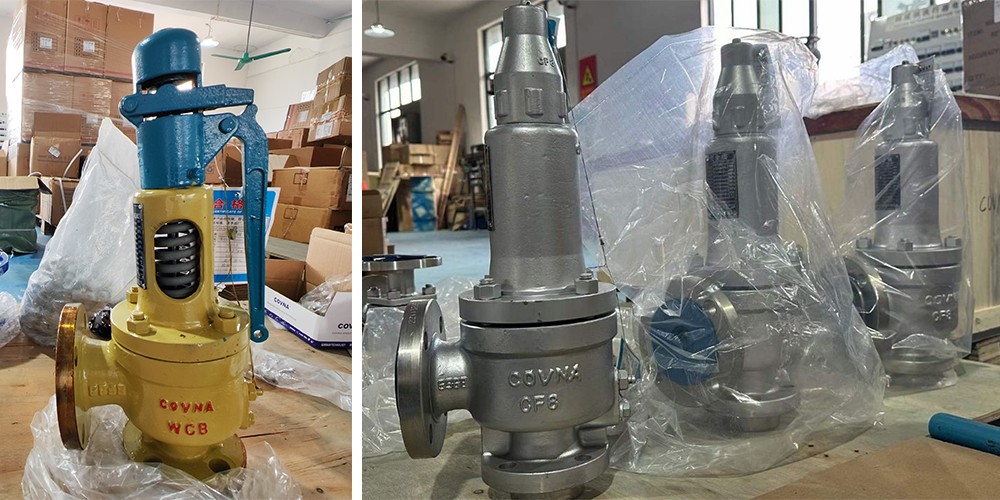What Is a Relief Valve and Why It Matters
In virtually every industrial or mechanical system, pressure buildup is a reality that must be managed. In oil plants, water systems, or machines, there’s a small part that keeps things safe by letting out extra pressure when it gets too high. Known commonly by engineers and maintenance teams, this component plays a behind-the-scenes yet indispensable role.
This article clearly explains what these devices do, how they work, and why picking the right one is so important. If you’re an engineer, work in a factory, or buy parts, this guide will help you choose the right one and stop problems.

1. What Exactly Is This Component?
This device often protects fluid systems by preventing pressure from rising to unsafe levels. When internal forces exceed a predetermined threshold, it opens to allow fluid or gas to escape. Once the system stabilizes, it closes again, ready to act if the situation reoccurs.
Unlike normal valves that control flow all the time, this device only works when the pressure gets too high. It doesn’t work all the time but is extremely important for safety.
2. How It Works – The Basic Mechanics

At its core, the mechanism is elegantly simple:
• A spring or pilot mechanism holds a disc or piston in place.
• As system pressure builds, the force against this mechanism increases.
• When the pressure goes over the spring tension, the valve lifts the seal and lets the pressurized fluid out.
• After pressure returns to normal, the spring restores the seal.
This entire process is automatic, requiring no external command or signal. Its design must be highly reliable, since any failure could result in significant equipment damage or safety hazards.
3. Not All Pressure Devices Are the Same
You should know that these safety parts are often mixed up with others, like safety valves or pressure controllers.
| Type | Function | Typical Media |
| Pressure Release Device | Protects systems by opening under excessive pressure | Liquids (mostly) |
| Safety Valve | Opens rapidly to release pressure, often in boilers or gas tanks | Steam, gas |
| Regulator | Continuously adjusts flow or pressure under normal conditions | Liquid & gas |
Many people use this type in liquid systems like water pipes, oil plants, or machines. It opens slowly and closes softly.
4. Where They Are Used
These devices find application in almost every sector dealing with fluid dynamics. Examples include:
⚙️ Industrial Machinery
Maintains the pressure integrity of hydraulic cylinders and pumps.
️ Oil and Gas
Prevents overpressurization in drilling rigs, pipelines, and fuel storage tanks.
Water Treatment
Ensures safe operation of water distribution networks and filtration systems.
Chemical Processing
Guards reactors and storage units from hazardous pressure conditions.
❄️ HVAC and Boilers
Used to protect chillers, heat exchangers, and pressure vessels from thermal expansion.
Each environment presents unique demands—temperature, corrosive fluids, pulsation—which is why proper specification and design are critical.

5. Main Types of Devices
Spring-Operated
This is the most basic and widely used type. It uses a coil spring calibrated to lift the seal at a set pressure. Ideal for low-to-moderate flow and pressure conditions.
Pilot-Operated
Utilized in high-flow or high-pressure systems, these use a small control valve (pilot) to manage the operation of the main release device. They provide tighter shutoff and are better for variable pressure systems.
⚖️ Balanced Design
Engineered to perform consistently regardless of back pressure. Particularly important when discharge systems create variable resistance.
6. How to Size and Select the Right Device
Several factors must be considered to ensure correct performance:
• Set Pressure: The pressure at which the device will begin to open.
• Blowdown: The difference between set pressure and resealing point.
• Flow Capacity: How much fluid the valve can release per unit time.
• Operating Medium: What type of medium is it—liquid or gas, clean or corrosive?
• Temperature Range: Some materials degrade or expand under heat.
• Installation Orientation: Some designs perform best upright; others allow horizontal mounting.
• Certifications: Ensure compliance with standards such as ASME, API, or ISO.
If you overlook these points, the system may trip often, leak, or even fail completely.

7. Common Problems and How to Avoid Them
Even the best-designed systems can experience issues:
• Chatter or fluttering: Caused by incorrect sizing or unstable system pressure.
• Leakage: Often because of dirt on the sealing surface or seal wear.
• Corrosion: Especially in chemical or saline environments.
• Improper setting: Can either delay response or cause premature opening.
Proper maintenance, material selection, and installation are essential for long-term performance.
8. Why It Pays to Buy from a Trusted Manufacturer
Given the complexity and risk, selecting a proven supplier ensures:
• Precision engineering with consistent tolerances
• High-grade materials like stainless steel, brass, or nickel alloys
• Customization based on client-specific media and pressure ranges
• Stringent testing such as hydrostatic, air, and functional tests
• Expert technical support for sizing, installation, and troubleshooting
As a professional in valve manufacturing, we’ve helped hundreds of industrial clients optimize safety and uptime. We design our solutions to meet global standards and handle harsh environments, whether for OEM projects or maintenance overhauls.
9. Final Thoughts
In summary, what key points have we covered?
This unsung mechanical safeguard may be small, but its role in industrial safety is monumental. It works by sensing and releasing extra pressure automatically. That’s why it makes sure operators stay safe and why every fluid system needs one.
Whether you’re making a new system or fixing old parts, choosing the right pressure safety device matters a lot.
Contact Us for Engineering Support or Pricing
If you're in the market for reliable, tested, and customizable pressure protection solutions, our team is ready to help.
[Call us] or [Request a Quote] today—your system deserves the best protection.











